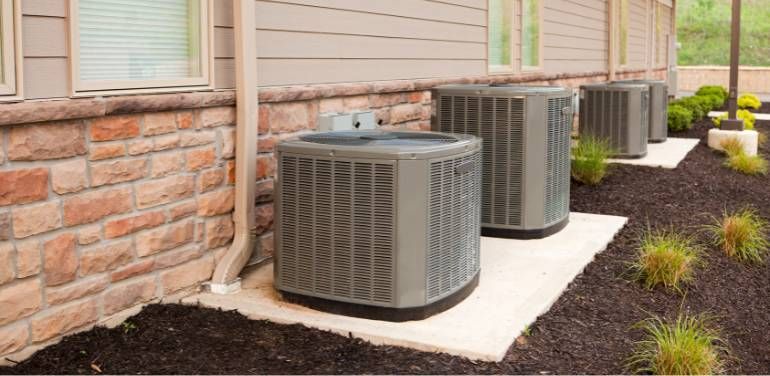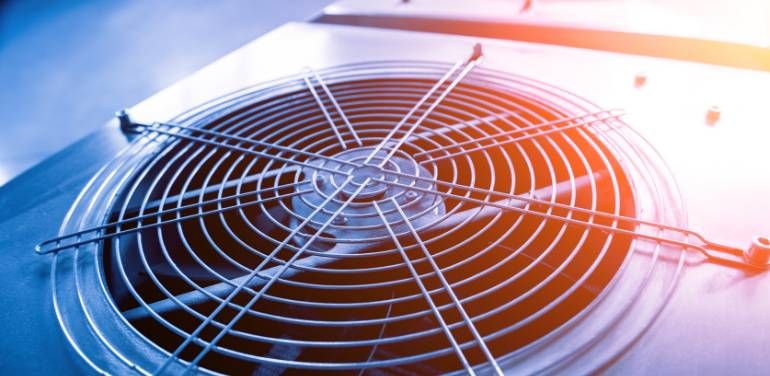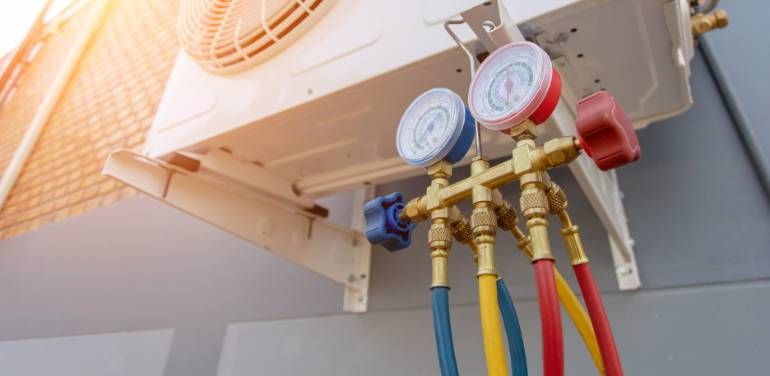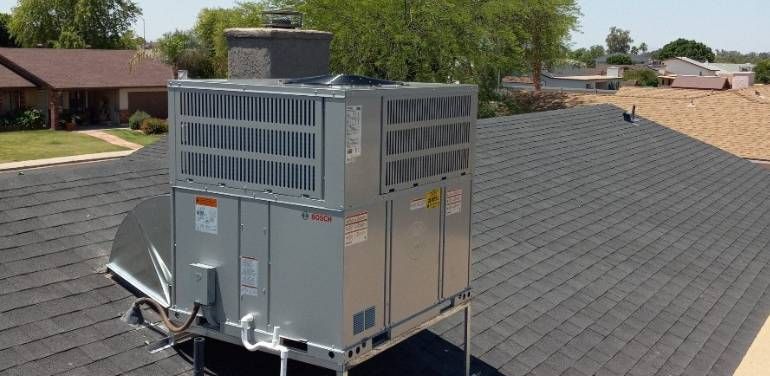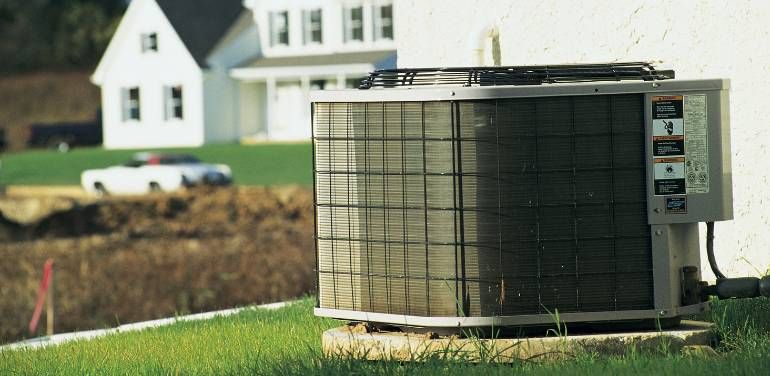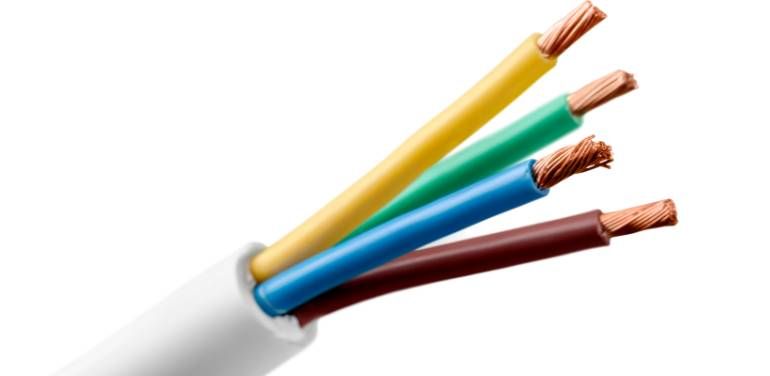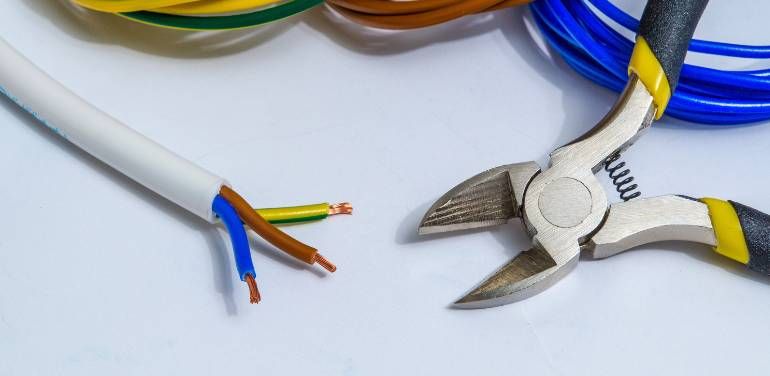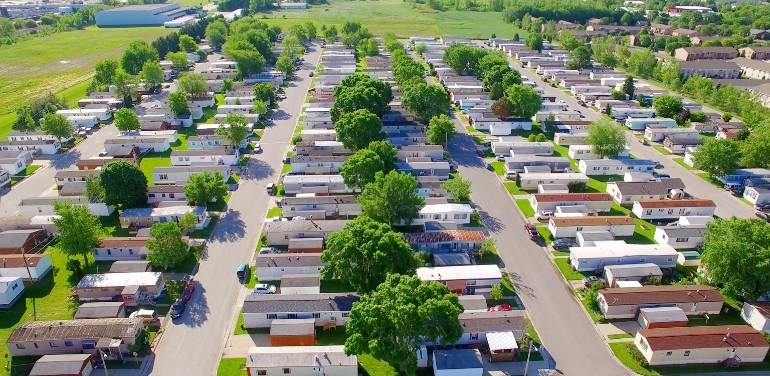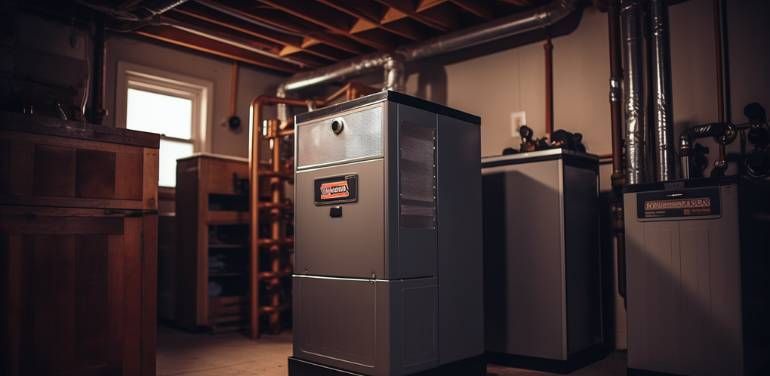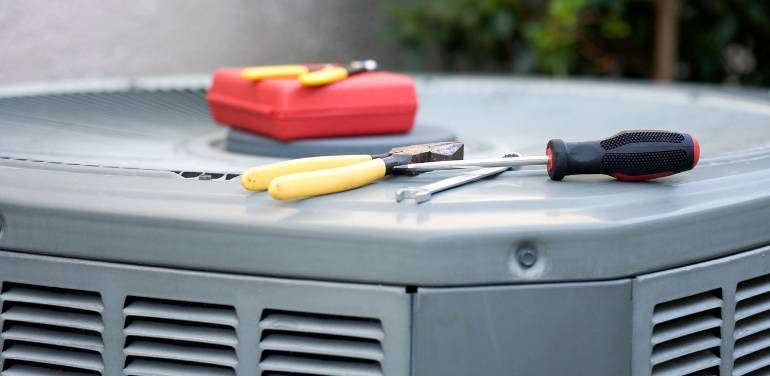How much is a blower motor for ac unit?
How much is a blower motor for ac unit?
When your air conditioner’s fan motor breaks, it will typically cost about $300 to $600 to replace. The repair is even more significant — usually running closer to $2,000. The surest way to prevent a broken fan motor or any other kind of air conditioning breakdown is with routine maintenance.
